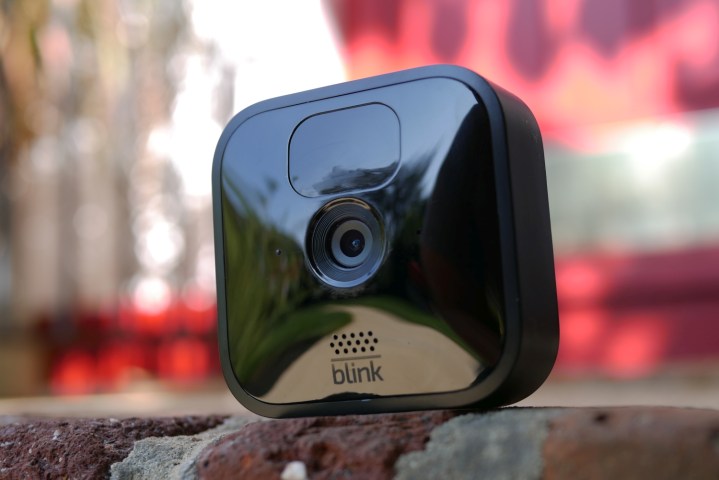
Can I Use Any Flash Drive for Blink Camera?
In this interconnected world, home security plays a crucial role, and Blink cameras are a popular choice for their reliability and affordability. As a Blink camera owner, you might wonder if you can use any flash drive with your device for local video storage. The answer is both yes and no, depending on specific details.
Compatible Flash Drives
Blink cameras support USB flash drives in FAT32 or exFAT format, with a minimum capacity of 8GB and a maximum capacity of 256GB. The flash drive should have a read/write speed of at least 10MB/s.
Recommended Flash Drives
For optimal performance, Blink recommends using SanDisk Ultra Flair or SanDisk Ultra Fit flash drives. These drives have been tested and certified for compatibility with Blink cameras.
Non-Compatible Flash Drives
Certain types of flash drives are not compatible with Blink cameras, including:
- SD cards: Blink cameras do not have an SD card slot.
- Flash drives over 256GB: Blink cameras only support flash drives with a maximum capacity of 256GB.
- Flash drives with read/write speeds less than 10MB/s: Slow flash drives can cause performance issues and lost recordings.
Setting Up Local Storage with a Flash Drive
To set up local storage with a flash drive, follow these steps:
- Format your flash drive to FAT32 or exFAT using a computer.
- Insert the flash drive into the USB port on the back of your Blink camera.
- Open the Blink app on your mobile device and navigate to the camera’s settings.
- Under “Recording Options,” select “Local Storage (USB Flash Drive).”
- The Blink camera will automatically detect the flash drive and begin recording videos locally.
Tips and Expert Advice
- Empty the flash drive regularly: Over time, the flash drive will fill up, so it’s essential to empty it periodically to ensure continuous recording.
- Use a high-quality flash drive: Investing in a reliable flash drive from a reputable brand can prevent data loss and performance issues.
- Keep the flash drive away from moisture and heat: Avoid exposing the flash drive to extreme temperatures or moisture, as this can damage the drive and corrupt the data.
- Consider using a USB extension cable: If the flash drive is difficult to access when plugged directly into the camera, consider using a USB extension cable to make it more convenient.
FAQs
Q: Can I use any USB drive with my Blink camera?
A: Yes, you can use any USB flash drive that meets the specified compatibility requirements.
Q: How often should I empty the flash drive?
A: The frequency of emptying the flash drive depends on the amount of footage recorded. Check the drive’s capacity regularly and empty it when necessary.
Q: What happens if the flash drive becomes full?
A: If the flash drive becomes full, the Blink camera will stop recording videos locally. You will need to empty the drive to continue recording.
Q: Can I view the videos stored on the flash drive on my computer?
A: Yes, you can remove the flash drive from the Blink camera and connect it to your computer to view the stored videos.
Conclusion
In most cases, you can use any flash drive that meets the specified compatibility requirements for Blink cameras. However, it’s essential to use a high-quality flash drive and follow the recommended practices to ensure optimal performance. By carefully choosing and maintaining your flash drive, you can enjoy seamless local storage for your Blink camera videos.
Are you interested in learning more about using flash drives with Blink cameras? Share your questions and experiences in the comments below!

Image: www.amazon.com

Image: www.digitaltrends.com
How to use local storage USB on Blink video doorbell sync module 2 DIY video #blink No subscription – YouTube Supports local video storage for up to ten eligible Blink cameras on a system (using a Sync Module 2 ), when you insert a USB flash drive (up to 256 GB – sold separately). The Blink Wired Floodlight, Video Doorbell and Mini cameras do not require a Sync Module. These devices are capable of creating and managing their own systems, or can be